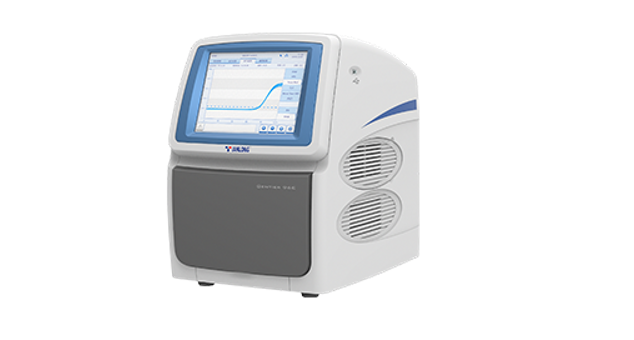Cash Flows and the Cash Flow Statement

The Three Types of Cash Flow
- Cash inflows from making sales and cash outflows for expenses – sales and expense transactions – are called the operating activities of a business (although they could be called profit activities just as well, because their purpose is to make profit).
- Cash outflows for making investments in new assets (buildings, machinery, tools and so on) and cash inflows from liquidating old investments (assets no longer needed that are sold off); these transactions are called investment activities.
- Cash inflows from borrowing money and from the additional investment of money in the business by its owners, and cash outflows for paying off debt, returning capital that the business no longer needs to owners and making cash distributions of profit to its owners; these transactions are called financing activities.
The cash flow statement (or statement of cash flows) summarizes the cash flows of a business for a period according to this three-way classification. Generally accepted accounting principles require that whenever a business reports its income statement, it must also report its cash flow statement for the same period – a business shouldn’t report one without the other. A good reason exists for this dual financial statement requirement.
Setting the Stage: Changes in Balance Sheet Accounts
The first step in understanding the amounts reported by a business in its cash flow statement is to focus on the changes in the business’s assets, liabilities and owners’ equity accounts during the period – the increases or decreases of each account from the start of the period to the end of the period. These changes are found in the comparative two-year balance sheet reported by a business.
Getting at the Cash Increase from Profit
Although all amounts reported on the cash flow statement are important, the one that usually gets the most attention is cash flow from operating activities, or cash flow from profit as we prefer to call it. This is the increase in cash generated by a business’s profit-making operations during the year exclusive of its other sources of cash during the year (such as borrowed money, sold-off fixed assets and additional owners’ investments in the business). Cash flow from profit indicates a business’s ability to turn profit into available cash – cash in the bank that can be used for the needs of business. Cash flow from profit gets just as much attention as net income (the bottomline profit number in the income statement).
Getting specific about changes in assets and liabilities
As a business manager, you should keep a close watch on each of your assets and liabilities and understand the cash flow effects of increases (or decreases) caused by these changes. Investors should focus on the business’s ability to generate a healthy cash flow from profit, so investors should be equally concerned about these changes.
Presenting the Cash Flow Statement
The cash flow statement is one of the three primary financial statements that a business must report to the outside world, according to generally accepted accounting principles (GAAP). To be technical, the rule says that whenever a business reports a profit and loss account, it should also report a cash flow statement. The profit and loss account summarizes sales revenue and expenses and ends with the bottom-line profit for the period. The balance sheet summarizes a business’s financial condition by reporting its assets, liabilities and owners’ equity.
You can probably guess what the cash flow statement does by its name alone: This statement tells you where a business got its cash and what the business did with its cash during the period. We prefer the name given to this statement in the old days in the US – the Where Got, Where Gone statement. This nickname goes straight to the purpose of the cash flow statement: asking where the business got its money and what it did with the money.
Last Word
The cash flow statement reports a business’s net cash increase or decrease based on these three groupings of the cash flow statement. The business’s prepaid expenses and liabilities also increased, although not nearly as much as debtors and stock. The rapid growth of the business yielded higher profit but also caused quite a surge in its operating assets and liabilities – the result being that cash flow from profit is only £1.1 million compared with £1.6 million in net income – a £500,000 shortfall. Still, the business had £1.1 million at its disposal after allowing for the increases in assets and liabilities. What did the business do with this £1.1 million of available cash? You have to look to the remainder of the cash flow statement to answer this key question.





